Sensual Lines Test 2:
So I did some thread tests on potential sensual lines that I posted about in the previous post- and it came out kinda weird^ ^”
I was inspired by this picture:
It is INSANELY HARD to replicate this in real life. What I tried out first was covering a piece of paper in spraymount and then gently lowering the threads into position.
This is what I got:
It came out pretty wonky and shoddy. The lines weren’t as straight and clean as I wanted them to be because it was really difficult to get the lines to curve neatly and stick to the spraymounted paper. It was hard to get the shapes symmetrical as well. So I decided to stick to the braid for my sensual lines.
Paint-Glue Edits:
With regards to this piece (My lyrical lines), I decided to do my second layer of ripples/waves to make the work less flat and more 3-Dimensional.
I created the second layer of paint on a layer of transparency and got this:

Thus, I decided to create another set of lines to give the ripples on the black paper more depth and complexity, rather than confusion and messiness. I made thinner lines and fanned them out to make bigger spirals, but this still seemed to make the work look very complex and confusion.
Thus, I decided to lift the piece of transparency and hold it above the initial work.
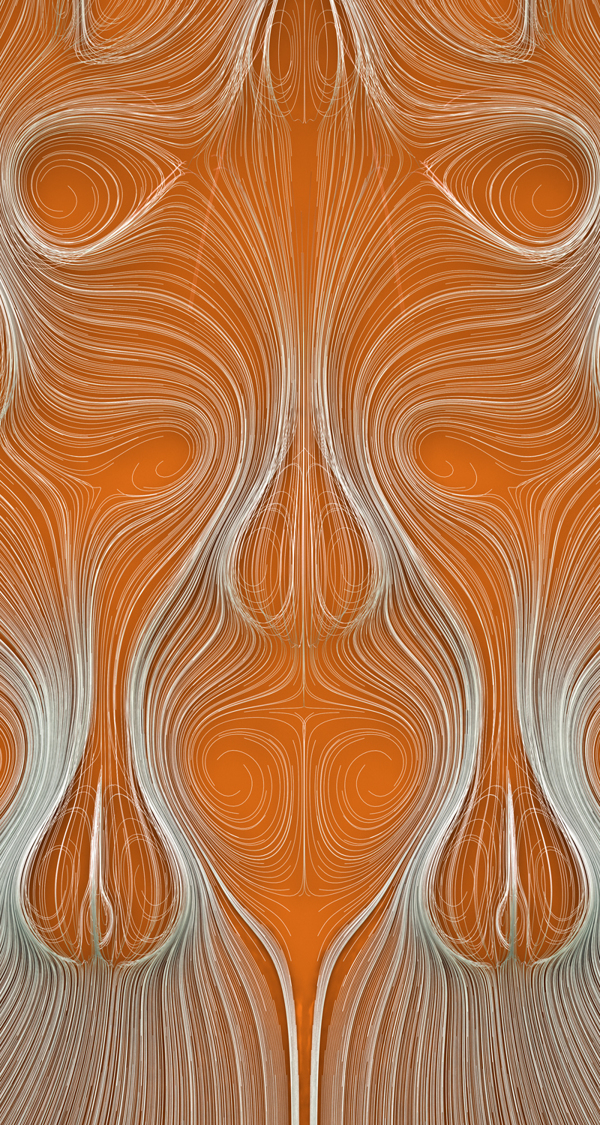
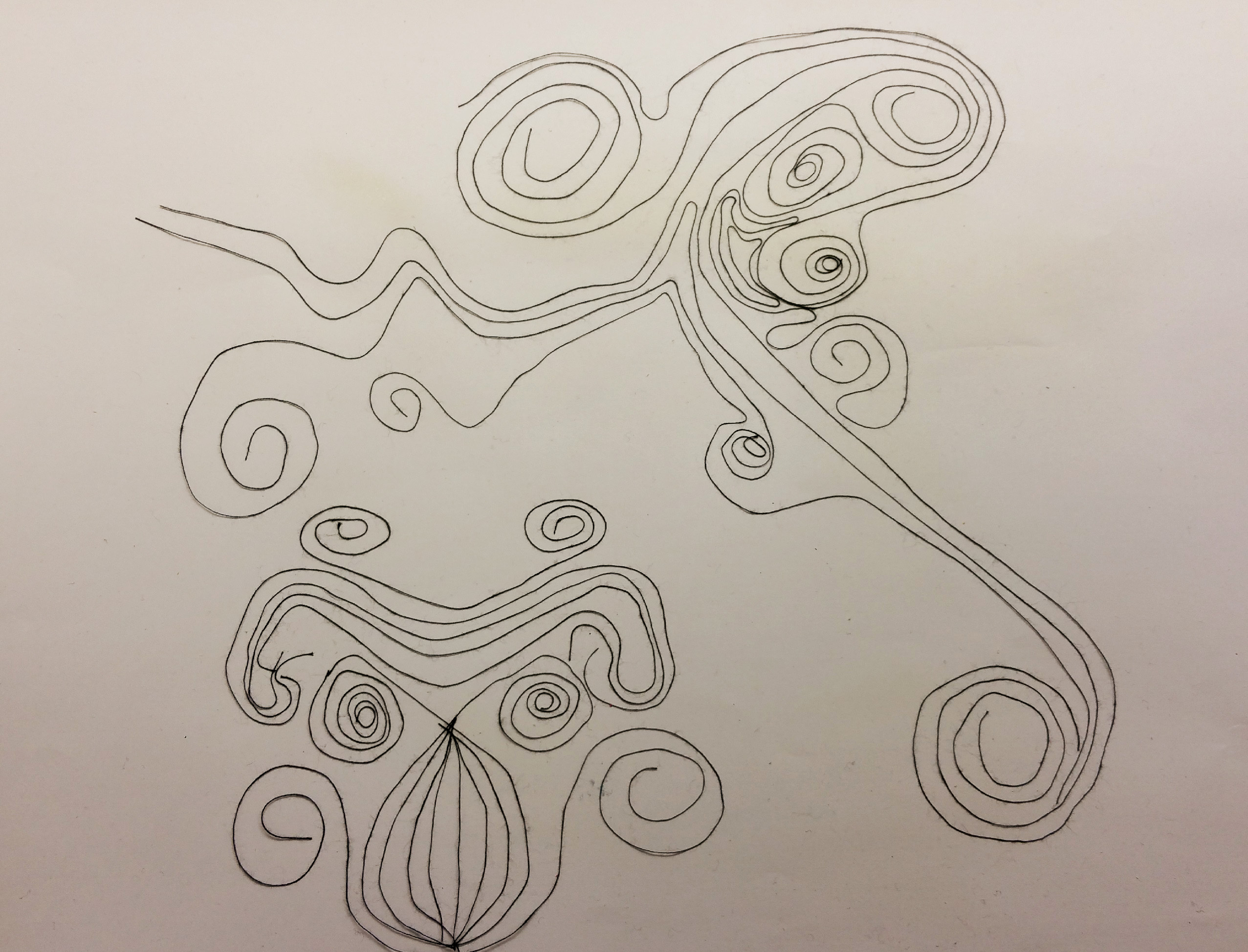
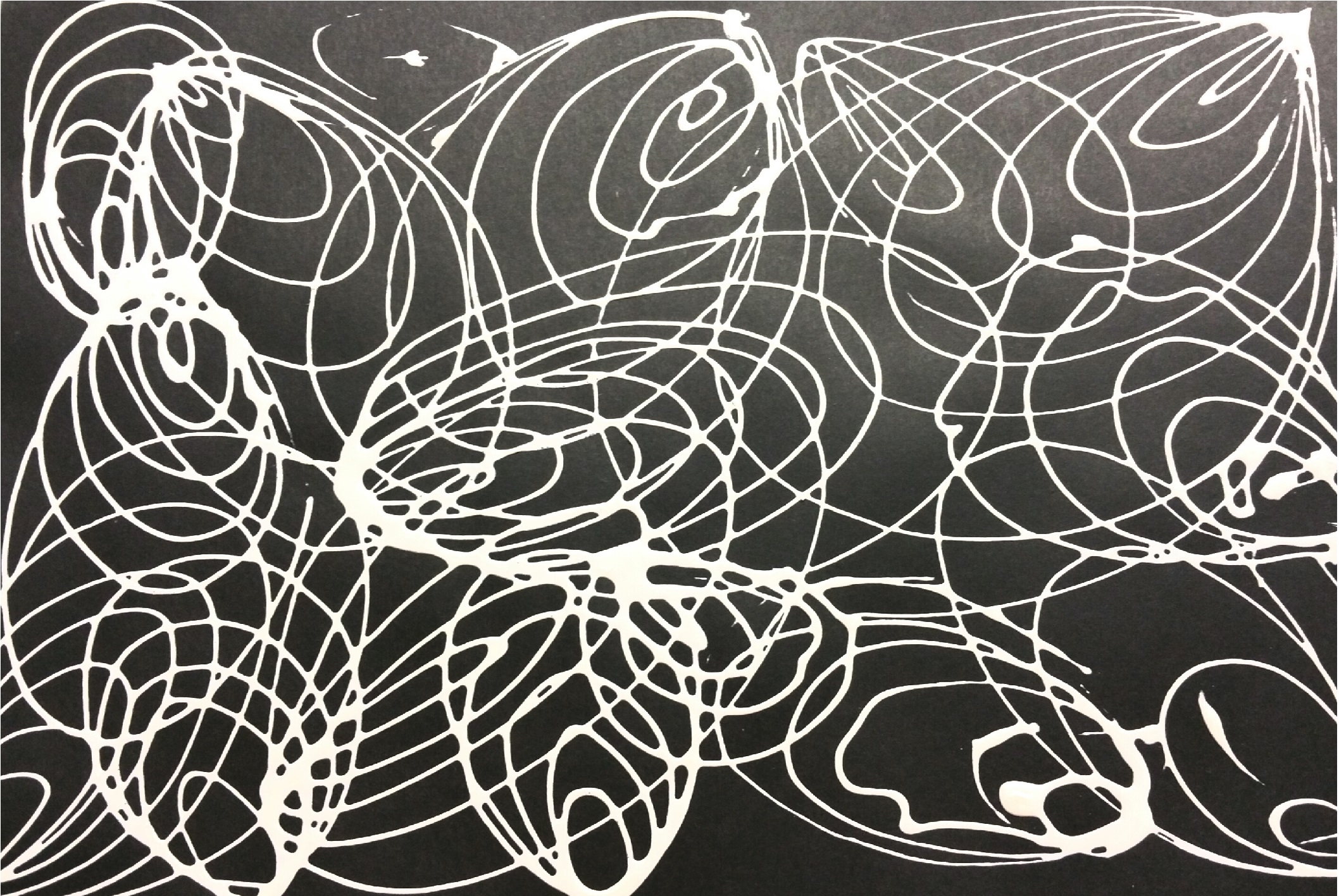
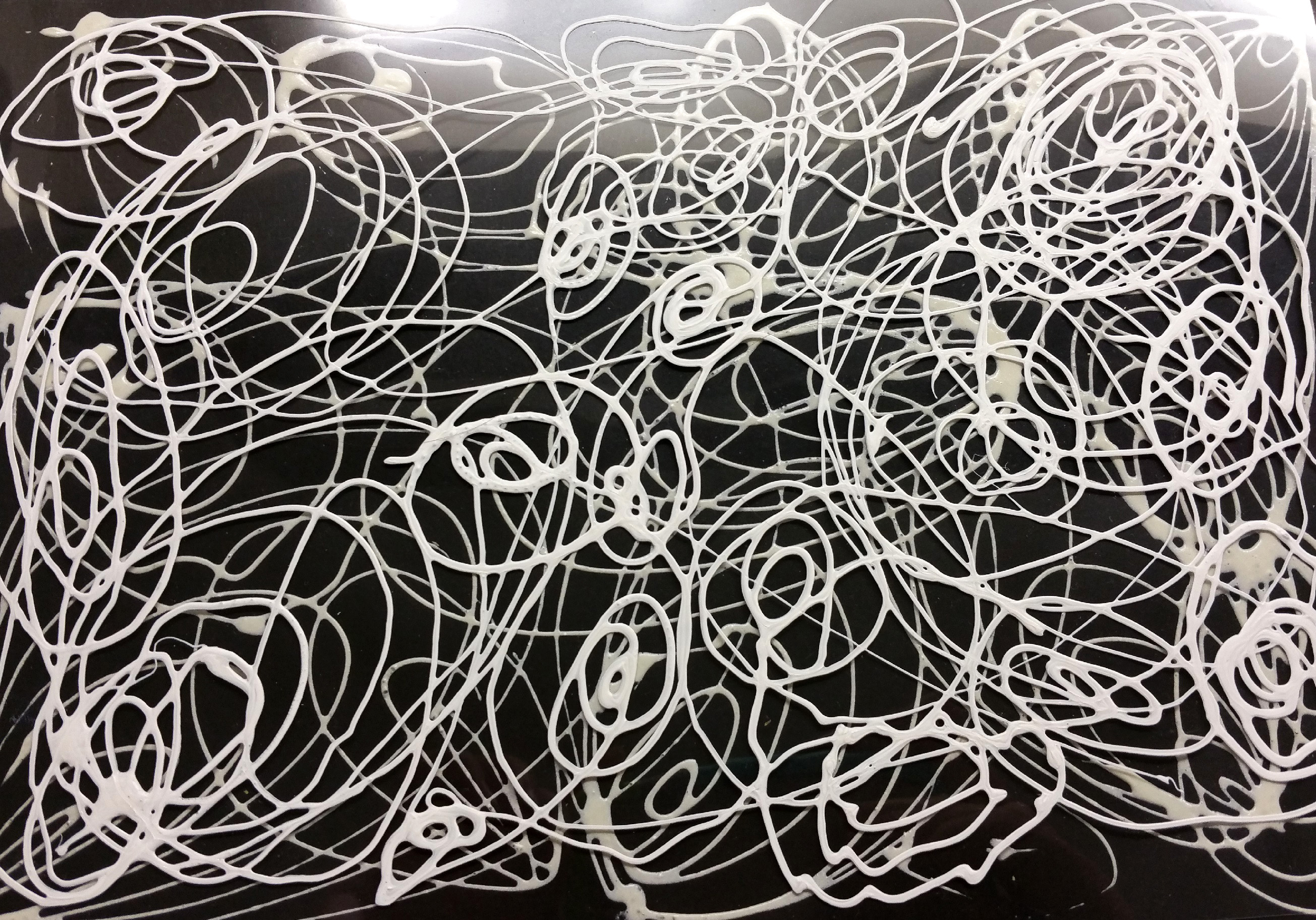
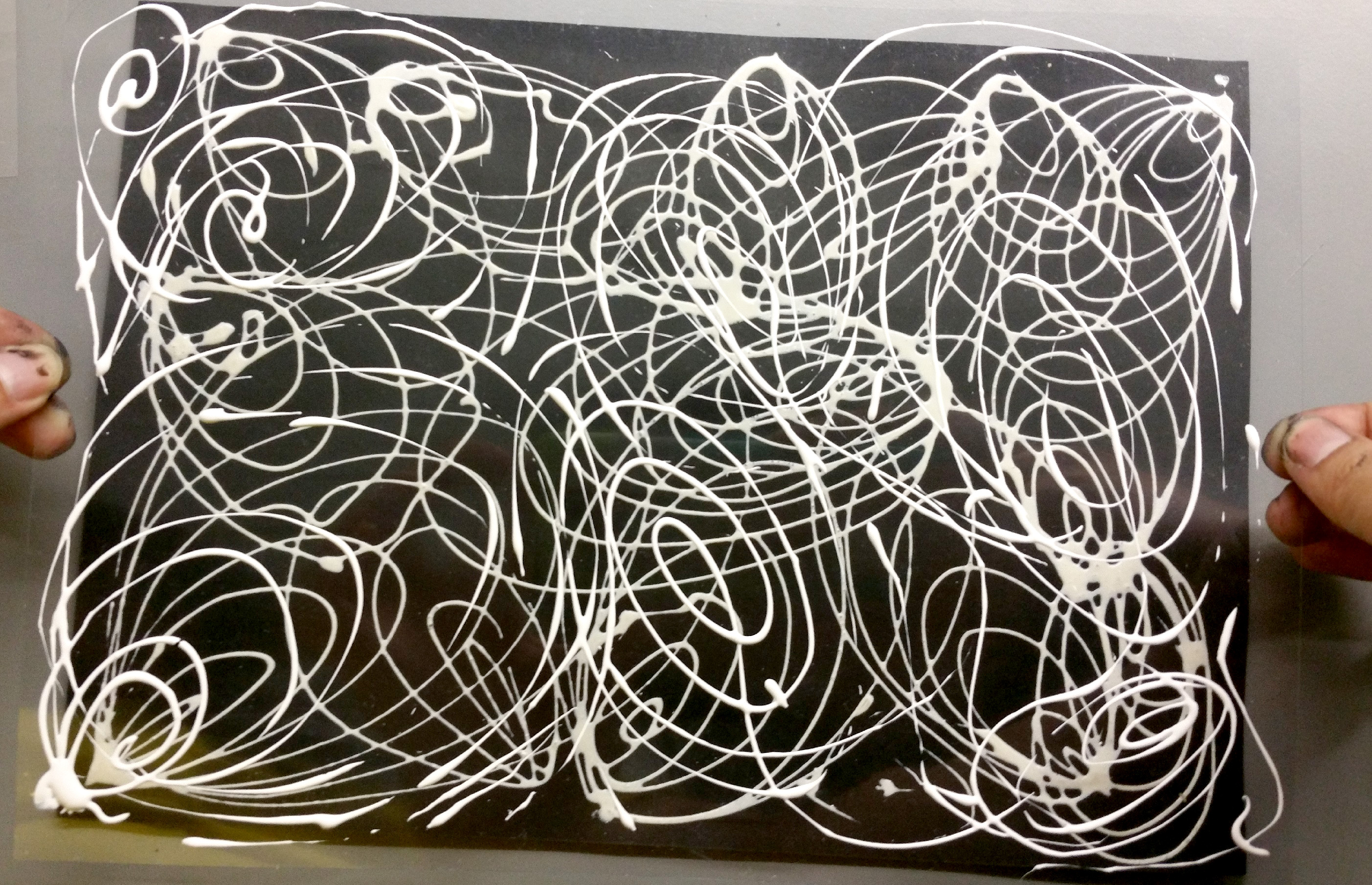

i know not all of them can be used in the final submission but i love all of these swirly lines ahaha
Hehe thanks Priya!:D